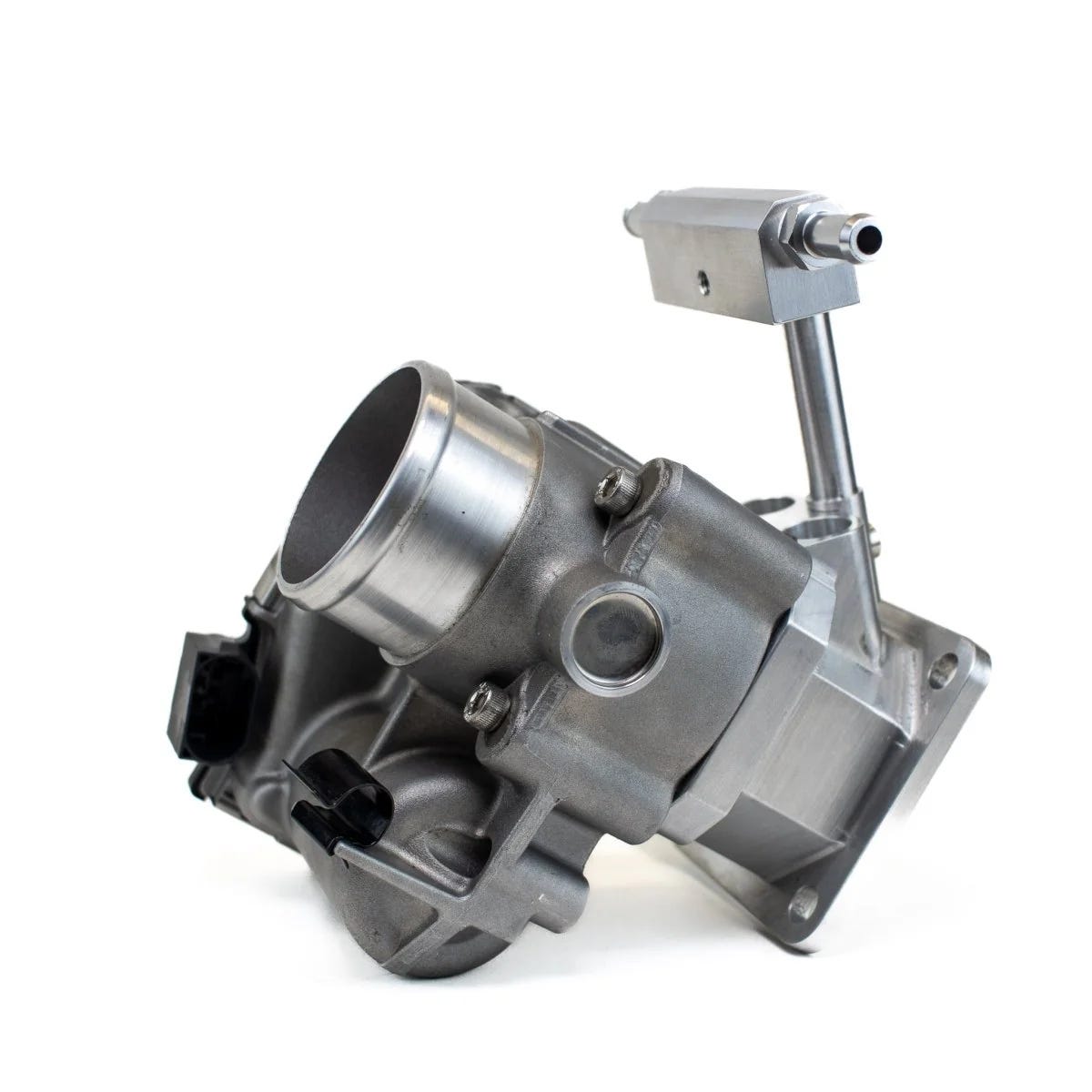Retiring the Cable Fuel Injection Setups
After about 3 years of rapid development and changes in the fuel injection space, Classic Mini DIY will be retiring and discontinuing our Cable Throttle bodie in favor of Drive by Wire moving forward.
A Look Back
For those who don’t know, about 3 or 4 years ago, Classic Mini DIY introduced their first fuel injection product, the EFI Cable Throttlebody | HIF44 Replacement. This was a product I personally wanted to make and use on my car in my fuel injection journey.
Over those years, our cable throttle bodies helped numerous people convert their legacy carburettor systems to fuel injection. As well as allowing folks who had SPI and MPI systems to easily switch to a more modern and reliable ECU setup.
Despite its short run, I am incredibly proud of the impact this product has made in the Classic Mini space. Offering a more reasonably priced option for Mini owners, while also challenging some existing companies to modernize their setups as well.
After much deliberation, we have decided it’s the right time to retire this product in favor of something more reliable and more versatile…
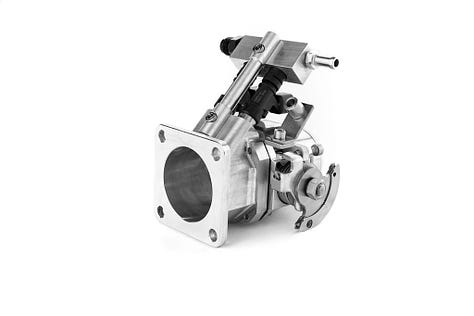
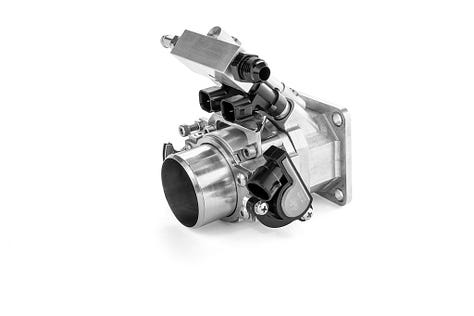
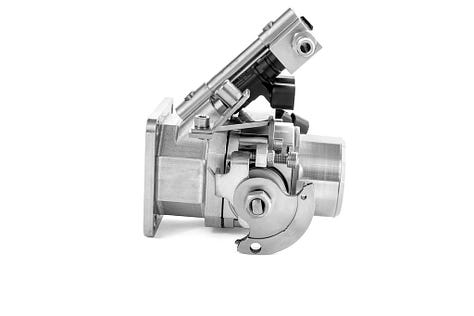
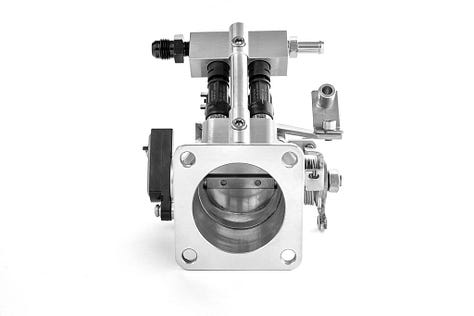
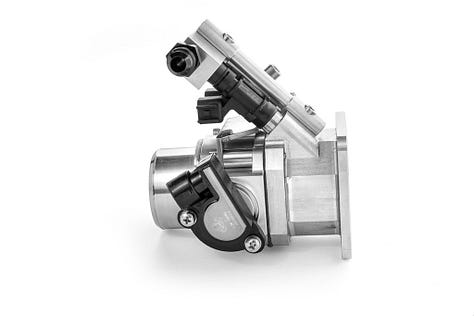
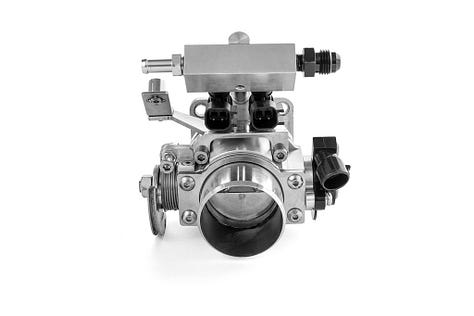
Retirement and What's Next?
Over the last year of development, working closely with Haltech Engine Management Systems and some other OEMs, we have found incredible versatility and functionality in the next evolution of aftermarket fuel injection, Electronic Throttle Control1, or more commonly called, Drive-By-Wire (DBW).
Drive-by-wire as a concept and technology is nothing new in the automotive world. Almost every modern OEM vehicle produced since the mid to late 2000s has been shifting its systems to drive by wire, and there is an extremely good reason for this. I will be borrowing from a previous post where I break down the differences between DBW and Cable setups.
Pros:
Safer Operation2
Throttle Sensor Redundancy
No chance for stuck pedal
Configurable Safety cut out (ECU Dependent)
Brake and Clutch pedal Safety check (ECU Dependent)
Considerably more reliable with less points of mechanical failure
Dramatically better idle and cold start behavior
Ability to implement custom pedal curves
This allows custom configuration of how reactive you want your pedal
Launch Control (ECU Dependent)
Cruise Control (ECU Dependent)
Cons:
Not all ECUs support Drive by Wire
Requires Drive-by-wire pedal or a modified mini pedal
More complexity in wiring at initial setup
Can be more expensive depending on ECU
So given these reasons, paired with our vision for what DIY fuel injection should look like in the future. Classic Mini DIY is all in on electronic throttlebodies, and we hope that with our focus solely on these modernized systems, we will be able to provide you with more complete solutions in the future, as well as pioneer some awesome advancements in EFI technology for the Classic Mini.
Questions?
Have questions about our changes? Post them in the comment section below, or consider becoming a Patreon to gain access to our private chat server full of Mini lovers like you!
https://en.wikipedia.org/wiki/Electronic_throttle_control
A number of safety features are inherent in the design of OEM DBW systems. The APP sensor is required to have two position sensors, and the DBW throttle is also required to have two throttle position sensors (TPS). This requirement is so that the ECU can detect a malfunction in the sensor, and prevent it from commanding the DBW Throttle to a position other than that being sent from the APP. i.e. the throttle cannot open unexpectedly. There are multiple checks being monitored by the ECU to look for fault conditions, and in the event of a failure in the system the output to the DBW motor is cut. This will return the throttle to the rest position which is typically a fixed small amount of throttle opening. The amount of opening at rest is determined by the DBW throttle body design and not the ECU.



